The Wooly Worm No one ever forgets the classics, and the fly I would like to tell you a little about is just that, the classic Wooly Worm. This pattern is one of the first flies many beginners learn to tie. It is quick, easy to tie, and master this pattern; the best part about this fly is that it catches fish. The Wooly Worm is a style of fly that may date back hundreds of years. Flies with a palmered hackle down the hook's shank have been documented as far back as the 1500s. The quaint essential Wooly Bugger was a spin-off of the Wooly Worm. The Wooly Bugger imitates many aquatic life forms, but most folks fish it as a baitfish imitation. The Wooly Worm was designed to imitate large aquatic insects like stoneflies, hellgrammites, etc. large aquatic insects, like the damsel and dragonfly nymph, live in warm water areas but could easily be mistaken for small baitfish or crayfish. The Wooly Worm is the perfect fly for the beginning fly tier to learn because it is super easy to tie and uses only a few materials. You can tie this pattern in any color or combination your heart desires. Nevertheless, no matter how you tie the Woolly Worm, know that it’s a versatile fly that can be fished on the dead drift or stripped in as a streamer. You can add weight when tying this fly with non-lead wire or a bead head, which is an excellent option for fishing in still waters where panfish tend to hang out. Below is the material list I use to tie my Wooly Worms: Hook: 3x long nymph or streamer hook Thread: 70 Denier, in the color of your choice Tail: Small Tag of Yarn in the color of your choice (I typically use red ) *Weight: 6-10 Wraps of .015 Lead Wire *This step is optional Body: Small Chenille or Dubbing in the color of your choice Hackle: Rooster or Hen Hackle - used to palmer the entire length of the body Tying Instructions Step 1: Clamp hook in vise and crimp barb Step 2: Start thread one eye length behind the eye and lay down a thread base back to the hook bend Step 3: Tie in a small piece of yarn for the tail. ( keep it short ) Step 4: Select an appropriate size feather and tie it in at the base of the tail tie in with the feather's curved side facing the hook. Step 5: Prepare a piece of chenille by stripping away some of the chenille off the core with your fingernail. Step 6: Tie in the chenille core at the base of the feather and move the thread back to the starting point near the eye. Step 7: Wrap the chenille forward with close touching wraps to the front starting point, then tie off with 3 or 4 tight wraps while stripping away any excess chenille fuzz with a fingernail. Step 8: Palmer the feather to the front of the body as shown. Bind the feather down at the front of the chenille with a couple of tight wraps and remove any excess feather with the tips of your scissors. Make sure you don't accidentally clip the thread in the process. Step 9: Form a nice neat head, whip finish, and cut away thread. Apply head cement, and you are done. By: Don Corey  I have been told that admitting you have a problem is the first step towards developing a recovery plan for many with addiction problems. I, like many others before me, have tried to avoid it, but to no avail. My efforts to deny it have failed. I admit it; I have a problem. The person who has done this to me also suffers from the same addiction. He knows the pitfalls and effects of this terrible affliction. He doesn’t try to disguise his techniques to get folks to drink the Kool-Aid he serves. One sip and they are hooked. It is hazardous if your spouse finds out about it. If you thought I was getting ready to admit myself to the nearest methadone clinic or getting prepared to attend my first AA meeting, guess again, the terrible thing I am addicted to is tying full-dress Atlantic salmon flies. I know, I know, how could I let this happen to me? I am a reasonably intelligent person. However, I found myself helpless, unable to resist. It started innocently enough. I foolishly told myself I wanted to see how those big, beautiful flies were tied. I don’t want to do it myself. Yeah, right, there I was, sitting in front of the “drug dealer” himself, watching his every move; the “deer in the headlight” glaze came over my eyes. He could see it but did not attempt to discourage me. “I think you would enjoy tying these, Don,” he told me. “You ought to come down sometime, and we’ll tie together.” Then I got the devastating e-mail, “having a class in Fairfield, why don’t you come down.” Fool that I am, I signed up for a class; innocent enough, I thought. Spend the day with a few like-minded people, tying a “pretty” fly on a big hook with no eye. Little did I know how much this one-day event would consume me for years to come. The class day finally arrived, and I headed down I-95 to my destination, the Fly Fishing Only shop in Fairfield, Maine. Seven other “sheep” signed up for the class; they all had the same look, you know, that “deer in the headlight” stare. I had been tying for years, primarily streamers and nymphs. Occasionally a few dries and some Clouser's. So this couldn’t be that much different. But, boy, was I wrong! Eight hours later, I had tied a married wing, Rosy Dawn. 4/0 Partridge Blind Eye Bartleet Supreme hook, silk gut eye, “real” metal tinsel, Japanese silk floss wrapped wearing silk gloves. I have to keep those rough hands and skin oils from compromising the luster of the floss. Mine didn’t look half bad! He said, “Don, GREAT job!!” My new Sensei had me, hook, line, and sinker. Maybe I WILL pick up a few things and try another one. I can always use more fly-tying materials. The next thing I knew, I had placed an order that killed the better part of an old “Ben Franklin” that I had neatly tucked in my wallet. Yeah, I need ten colors of Japanese silk and, of course, my pair of silk gloves. Oh yes, both oval and flat tinsel, in extra small, small, and medium sizes. You probably NEED all in both silver and gold. I felt it starting to consume me. I was slowly sinking into the Classic Atlantic Salmon fly-tying rat hole. I needed money for “stuff.” Hmmm, I could eliminate the doughnut with my coffee at work every morning. That will save me 30 cents a day, five days a week; in 5 weeks, I can get those magenta schlappen feathers for throats, maybe a few colors of seal dubbing. If I bring my lunch to work every day, I can save $4.00 a day. In 6 weeks, I can purchase that select jungle cock cape that I seriously NEED. Who knew that there are 24 colors of dyed center turkey tail feathers??? I have to have at least one set. That acquisition is a whole other story. I found myself experiencing terrible nightmares. I would wake up in the middle of the night in a cold sweat. How do I get those damn Amgold tail fibers to marry with the 22 goose fibers in the wing? That bronze mallard roof, UGH! I close my eyes, and I see a lump in my floss body. I see a tiny gap between the wraps of silver tinsel in the tag. My GAWD, there are six wraps of ribbing on that body instead of 5. I will never get this right.
Then I wake to the soft voice of the person responsible for this dilemma, Sensei Ed Muzeroll. His kind words of encouragement and his slow, deliberate teaching style. One would think he is a wonderful, nurturing mentor. Wrong; he is the “evil” person responsible for this addiction. His extraordinary talent makes it look so easy. Everything is perfect. No bumps and no gaps; everything flows together. I can never forgive him for what he has done to me. I have an idea that I will have to live with this addiction for the rest of my life…. I can only hope. Hey Ed, you B@$?##$, can you send me a few Partridge 6/0 blind eye Adlington & Hutchinson hooks and some Indian crow feathers? Oh yeah, I need some silk gut too! By the way, when is your next class? |
Archives
June 2024
Categories
All
|


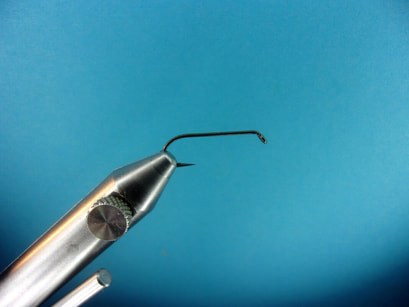


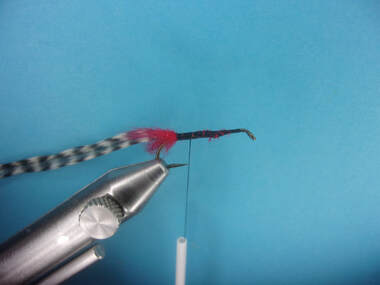

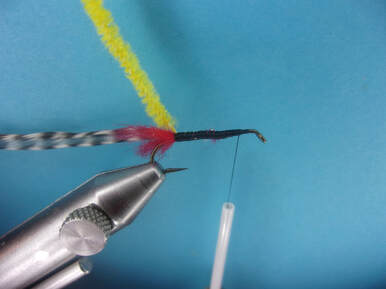
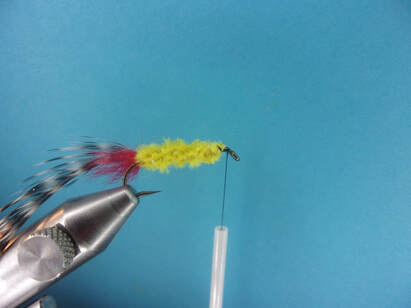
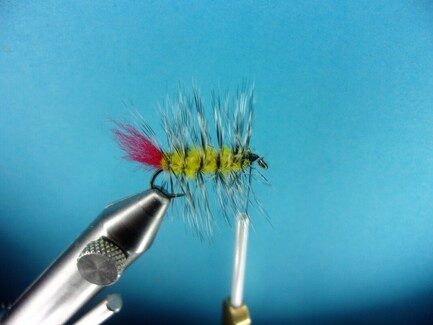


 RSS Feed
RSS Feed
